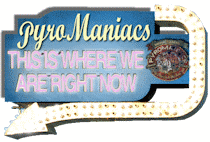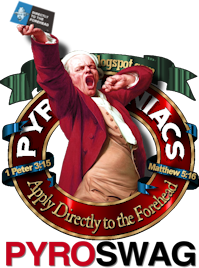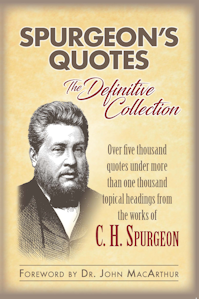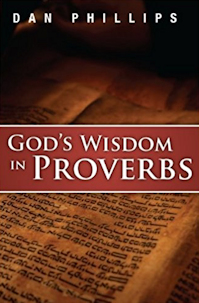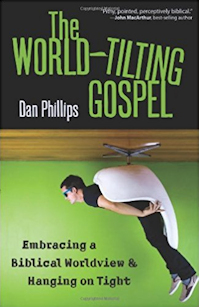This excerpt is from the blog back in January 2007. Phil explains why a dialectical approach to discerning Biblical truth isn't as helpful as many seem to think it is.
Scripture says, "To every thing there is a season, and a time to every purpose under the heaven" (Ecclesiastes 3:1). There's an equilibrium to be maintained in true spirituality, and it's only our sinfulness that makes us become unbalanced in one direction or the other.
The obedience God demands requires our implicit compliance to all of His revealed Word, and He expressly commands us "not [to] turn aside to the right hand or to the left" (Deuteronomy 5:24). The way of truth is well worn (Jeremiah 6:16) but narrow (Matthew 7:14). There are dangerous ditches on both sides of it, and we are so prone to waywardness that we need constant checks to keep from veering off track to one side or the other (Isaiah 30:21). We sometimes have to fight to keep our balance. In the words of Hebrews 4:11, we have to labor to enter into rest.
But balance is a tricky word. Mention it in connection with truth or spirituality, and people tend to think of a board balanced on a fulcrum, like a seesaw on the playground. If you move to one side, that end goes down, and if you move to the other end, that end goes down. We all learned as children that the only way for just one person to play on a teeter-totter is to get in the middle and stand with one foot on one side and one on the other and balance the board that way.
I'm afraid too many people take that approach with the problem of discerning truth. They take a dialectical approach, where you resolve every issue by seeking the middle ground between two opposing extremes—as if you could combine an erroneous thesis and its equally erroneous antithesis and come up with a synthesis that is somehow true.
It's not particularly helpful to think in such terms. While it's true that errors often exist at opposite extremes on both sides of any given truth, you can't necessarily find the truth by starting with opposite errors and searching for the via media between them.
[...]
Forget the midway point on a continuum, the fulcrum on a teeter-totter, and the yellow stripe in the middle of the road. When we speak of balancing...two truths, the idea is more like two oars on a rowboat. Try to paddle a typical boat with the paddle on one side only, and you will just go around in circles without making any progress. The harder you row with one oar, the faster and tighter your circles will be.
You'll never get anywhere spiritually unless you put both oars in the water.





